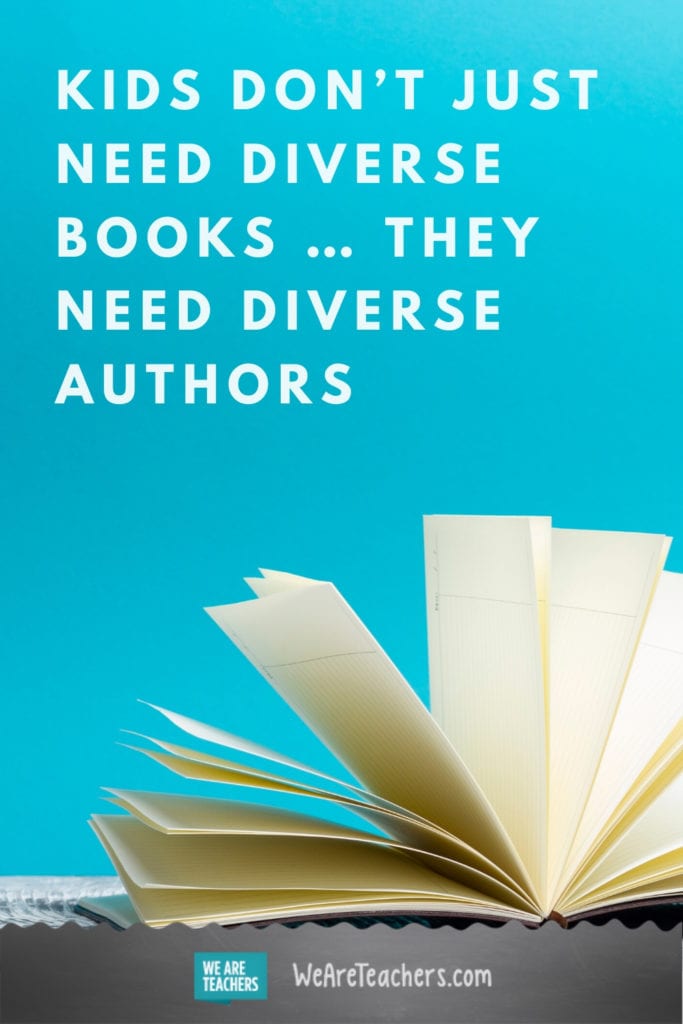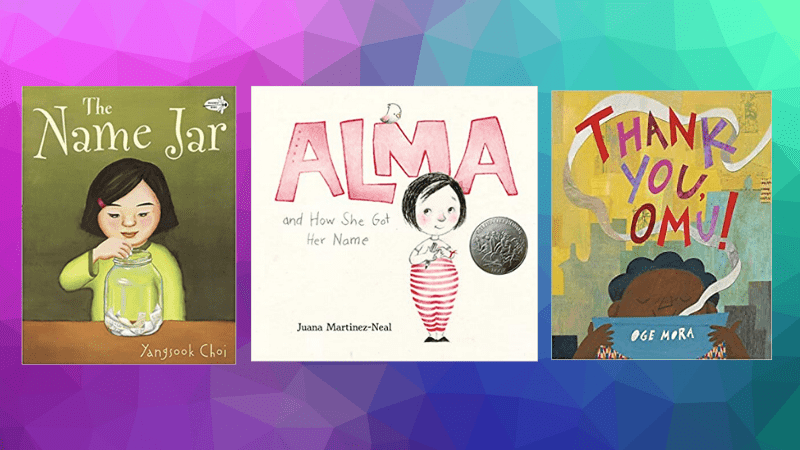Even the most cursory inventory of U.S. children’s literature reveals a lack of diversity in book characters (it’s a whole lot of boys and dogs— just ask Marley Dias). There’s been a commendable effort to provide students with windows and mirrors by increasing the number of books with diverse main characters in classrooms and school libraries. But it’s not enough—kids need access to diverse books by diverse authors.
The term #OwnVoices was coined by writer Corinne Duyvis to refer to books by authors from marginalized or under-represented groups writing from their own perspectives. (Think: The Hate U Give by Angie Thomas.) That’s important because a lot of diverse characters are written by people who don’t share their identities. In fact, a study by the Cooperative Children’s Book Center found that last year, only 46.4% of children’s books featuring Black or African characters were written or illustrated by Black or African authors and/or illustrators. And that’s a huge problem for our kids. Here’s why they need #OwnVoices books:
They’re more authentic
It’s not that you can’t write effectively outside your own experience, but think about it. One of the first lessons we’re taught is to write what we know. When we write from what we ourselves have lived, we speak from a place of authority. We are also better able to produce nuanced work that rings true to those with similar experiences.
[contextly_auto_sidebar]
They’re more accurate
Historically, privileged people have told the stories of marginalized communities. Even when well-intentioned, many of those books are inaccurate and, in some cases, even harmful. For example, as much as I love The Snowy Day, Ezra Jack Keats’s book Goggles has been widely criticized for showing Archie and Peter playing in what appears to be a dump. One of the benefits of #OwnVoices literature is that it comes from a place of deep understanding one can only achieve through lived experience.
They capture a range of experiences
These books aren’t about a single group. They represent a variety of identities, including LGBTQ+, people of color, people with disabilities, and religious minorities. The more #OwnVoices books that are available, the more likely all students are to find books that resonate with them. Having a wide variety of books also gives students insight into the lives of folks who are different from them.
They empower
Students with marginalized identities crave books that reflect their experiences. Seeing themselves in the books they read can be validating and show them that they’re not alone. Sometimes, finding out that the author doesn’t share their identity takes away from the impact because “they don’t really understand me.”
They inspire
Kids who see published authors who identify as they do may be inspired to become writers themselves. Another argument for promoting #OwnVoices books is that minority group authors face many hurdles to publishing that majority group authors don’t. So lifting up diverse authors now can help open up that path for budding authors of the future.
What are your favorite #OwnVoices titles for kids? Share in the comments.
Plus, 20 #OwnVoices Books to Share with Middle and High School Kids.


